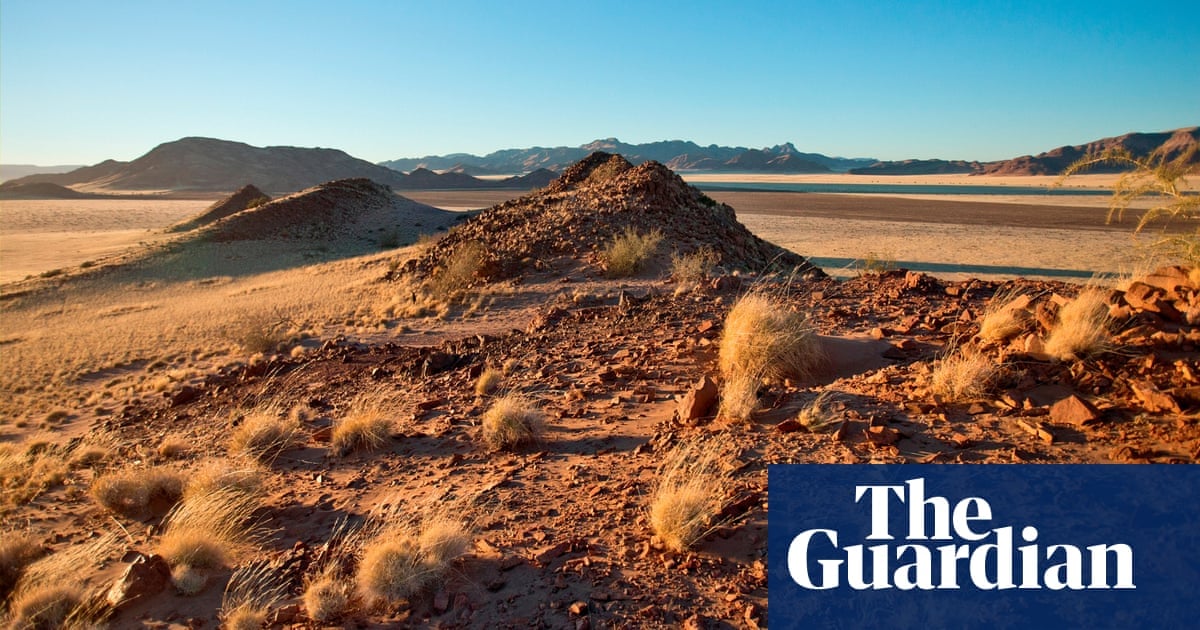Summary
Drylands now cover 40% of Earth’s land (excluding Antarctica), with an area larger than India turning arid over three decades, a UN study reveals.
This trend, driven by climate change and exacerbated by poor farming practices, poses significant risks to global food security and water resources, particularly in Africa and Asia.
By 2100, up to 60% of the global population may live in drylands.
Experts urge action, including cutting emissions, sustainable farming, and reforestation, warning of severe impacts on food security, poverty, and forced migration.



Excluding it means we’re talking about the portion of Earth that humans can actually live on
I realize it’s a convenient landmass with one name, but there are other parts of the earth with very low population densities because they are so inhospitable, and it’s not because they are dry.
It’s convenient because it’s the only continent without a native population. If you want to make an alternative calculation based on population density go for it.
There is no other landmass of relevant size without any human habitation.
Including Antarctica just wouldn’t make sense.
This is an article about how the places humans live in are drying out.
Literally no one is permanently living in Antarctica. Some people stay there for a year, but they are 100% supplied with resources produced elsewhere.
And the continent is incredibly huge, so including it would skew the numbers.